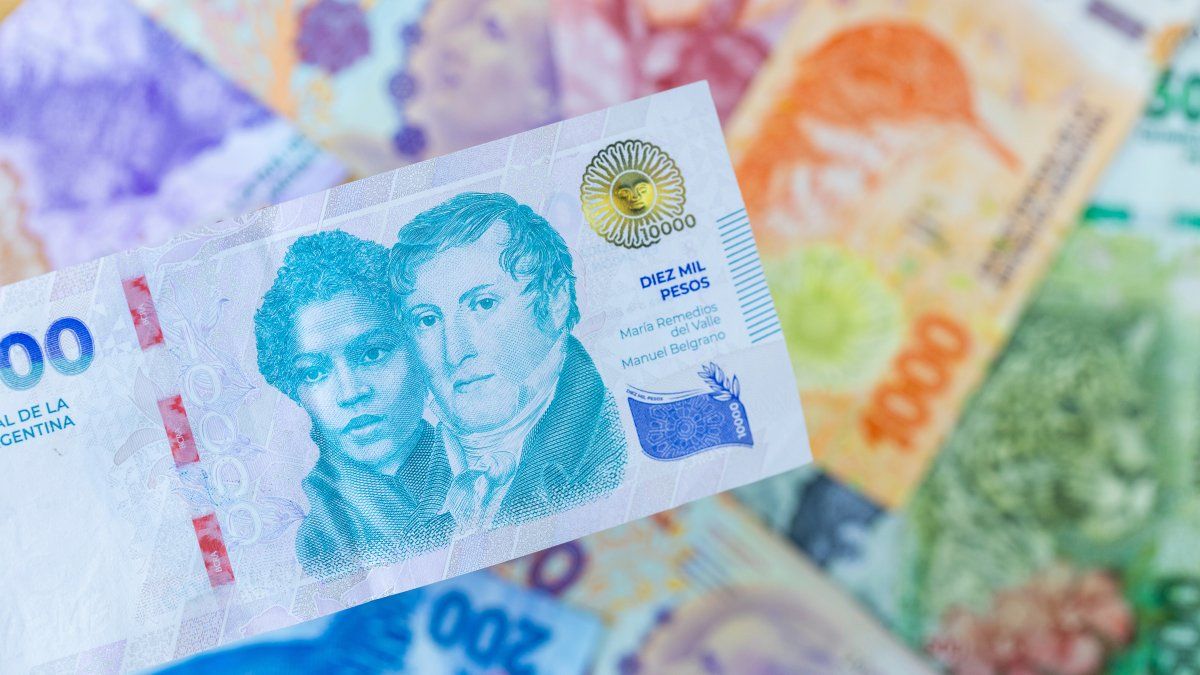If you need a stamp, you have to go to the post office – that’s how it used to be. But now all you have to do is pick up your smartphone – and you can put a new form of stamp on paper yourself.
75 years after the first postage stamps of the Federal Republic of Germany were issued, another type of franking is gaining some importance. The so-called mobile stamp was sold 13.8 million times last year, 0.3 million times more often than in 2022, Deutsche Post said in response to a request. In 2021, the figure was significantly lower at nine million; the alternative offer to conventional stamps was launched at the end of 2020.
How the mobile brand works
If you want to send a letter, you no longer have to go to a post office or a post office machine to buy a stamp to stick on an envelope. Instead, you can book postage in the “Post & DHL” app. You will then see a code made up of numbers and letters. You write this code with a pen on an envelope, which the post office will recognize as postage when it is sent. There is no extra charge – you pay the postage cost, for example 85 cents for a standard letter. The service is only valid for domestic mail.
As the name suggests, it is intended for people who are on the move and want to frank a letter easily using an app. Separate from normal postage stamps, there have been internet stamps for some time now, where consumers receive QR codes and have to print them out.
Demand for mobile stamps is increasing somewhat, but this type of postage stamp remains a niche – only about one percent of letters that have a stamp have the mobile stamp. If you include advertising and company mail that is franked by machines with imprints, the proportion is even lower.
Falling demand for stamps
On September 7, 1949, the still young Federal Post Office issued its first stamps, three and a half months after the founding of the Federal Republic. It was a green stamp for 10 Pfennigs and a red stamp for 20 Pfennigs. They showed the same motif, namely a topping-out ceremony with construction workers.
Demand for stamps was high for decades, as long-distance telephone calls were expensive and letters were an important part of communicating with family and friends. In the Internet age, however, letters gradually went out of fashion – people increasingly used emails and chats. In 2001, Deutsche Post delivered 22.7 billion letters, but in 2023 it was only 12.5 billion, 5.6 percent less than the year before.
So are letters with stamps a thing of the past? The Bonn-based DHL Group, whose national letter business operates under the name Deutsche Post, is expecting volumes to continue to decline, but it still sees this line of business as important in the future. “The classic stamp will continue to play an important role in our society, both as postage, particularly for valuable, individual and appealing written communication, as an object for collectors and ultimately as a cultural asset of Germany,” says Benjamin Rasch, Head of Marketing for the Post & Parcel Germany division.
Source: Stern




